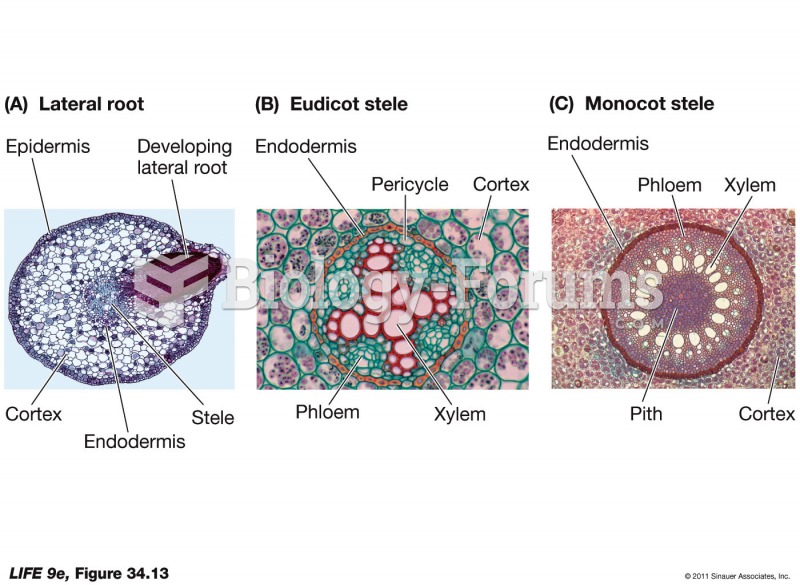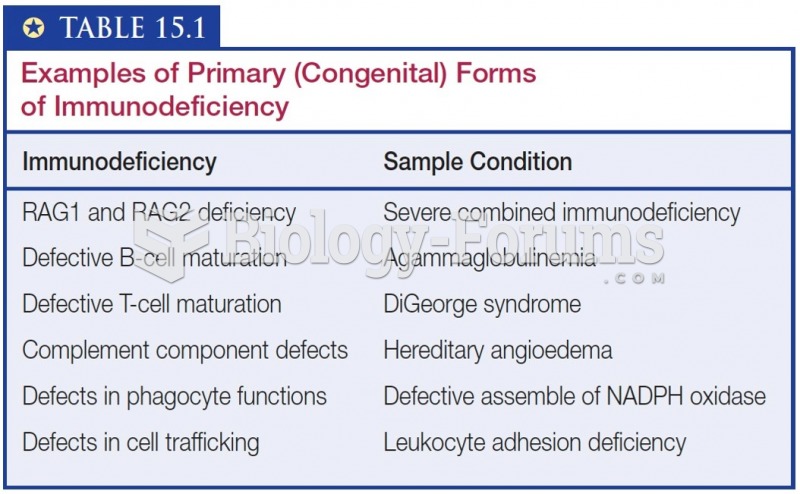This topic contains a solution. Click here to go to the answer
|
|
|
Did you know?
The Centers for Disease Control and Prevention has released reports detailing the deaths of infants (younger than 1 year of age) who died after being given cold and cough medications. This underscores the importance of educating parents that children younger than 2 years of age should never be given over-the-counter cold and cough medications without consulting their physicians.
Did you know?
By definition, when a medication is administered intravenously, its bioavailability is 100%.
Did you know?
Cyanide works by making the human body unable to use oxygen.
Did you know?
The longest a person has survived after a heart transplant is 24 years.
Did you know?
About 100 new prescription or over-the-counter drugs come into the U.S. market every year.







